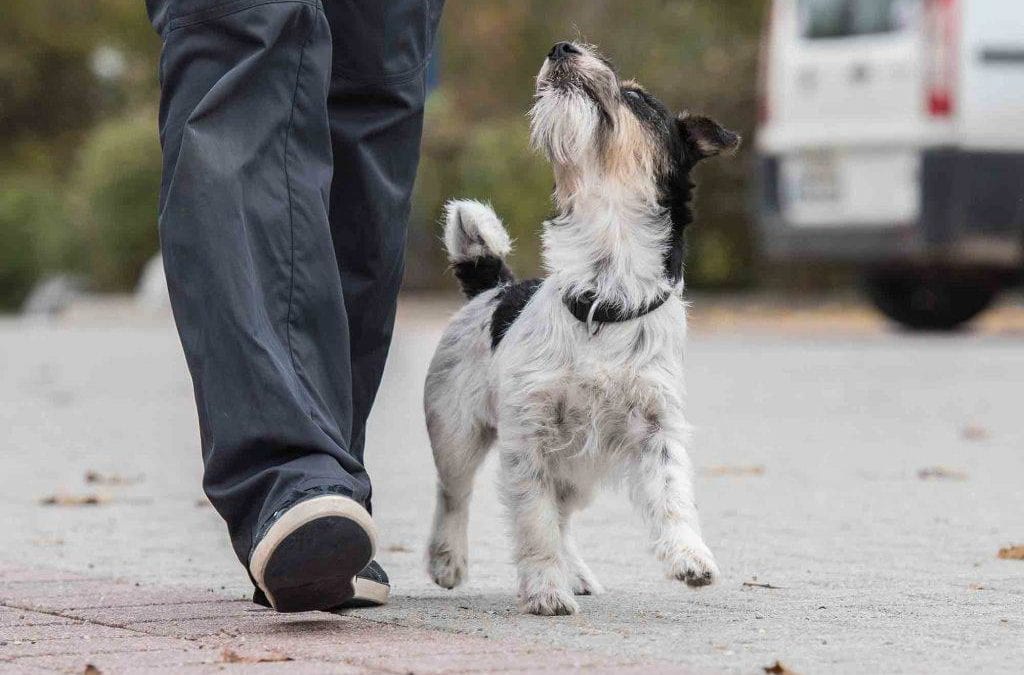If you’re lucky enough to have a senior dog in your life, you’ve probably had to deal with some achy joints and mobility issues. Arthritis in senior pets is extremely common and can significantly slow down even the most active dogs.
Pain management is key when it comes to arthritis, and exercise plays a crucial role in keeping joints limber and energy levels up. There are a variety of safe and effective ways to exercise an arthritic dog, and the team at Union Lake Pet Services is here for you every step of the way.
Signs and Symptoms of Arthritis
By the time a dog reaches 8 years of age, they have an 80% chance of developing arthritis. Symptoms of an arthritic dog may include:
- Limping, especially after exercise and at night
- Difficulty getting up from lying or sitting down
- Difficulty going up and down stairs
- Unwillingness to jump up on furniture or into the car
- Loss of muscle mass
If you suspect your dog may have arthritis, give us a call. Your veterinarian will help you develop a plan to control your pet’s pain and improve their quality of life through medication, supplementation, alternative treatments, arthritis management through rehab, and exercise.
How to Exercise an Arthritic Dog
Daily exercise, tailored to your dog’s energy level and mobility, is an essential element of good arthritis care. Exercise also has the added benefit of helping control your dog’s weight, which is crucial to reducing pressure on the joints and ligaments and improving mobility.
Once your dog has the all-clear from their veterinarian, you’re ready to begin!
- Warm up – A couple of minutes of slow walking or gentle playing before starting an exercise session will help your arthritic dog move easier and reduce the risk of sprains, strains, cramps, or other injuries.
- Low impact – Walking and swimming are the perfect low impact exercises to strengthen muscles and lubricate joints. Avoid high impact movements such as running, hill climbing, fetch, or rough-and-tumble play, as these can put stress on the joints.
- Cool down – Having a cool down period at the end of low-impact exercise is just as important as the warm up. Slowing down gradually helps aid in the removal of lactic acid from the muscles, which will reduce muscle soreness and stiffness. Follow up your dog’s exercise session with a gentle massage to further assist the muscles and joints and to reduce pain.
- Consistency – Although it can be tempting to save exercise for the weekend (for both you and your dog), this is not ideal for arthritic pets. In order to effectively exercise an arthritic dog, aim for 10-30 minutes every single day.
If you have any further questions about how to exercise an arthritic dog, please don’t hesitate to reach out to the team at Union Lake Pet Services.

